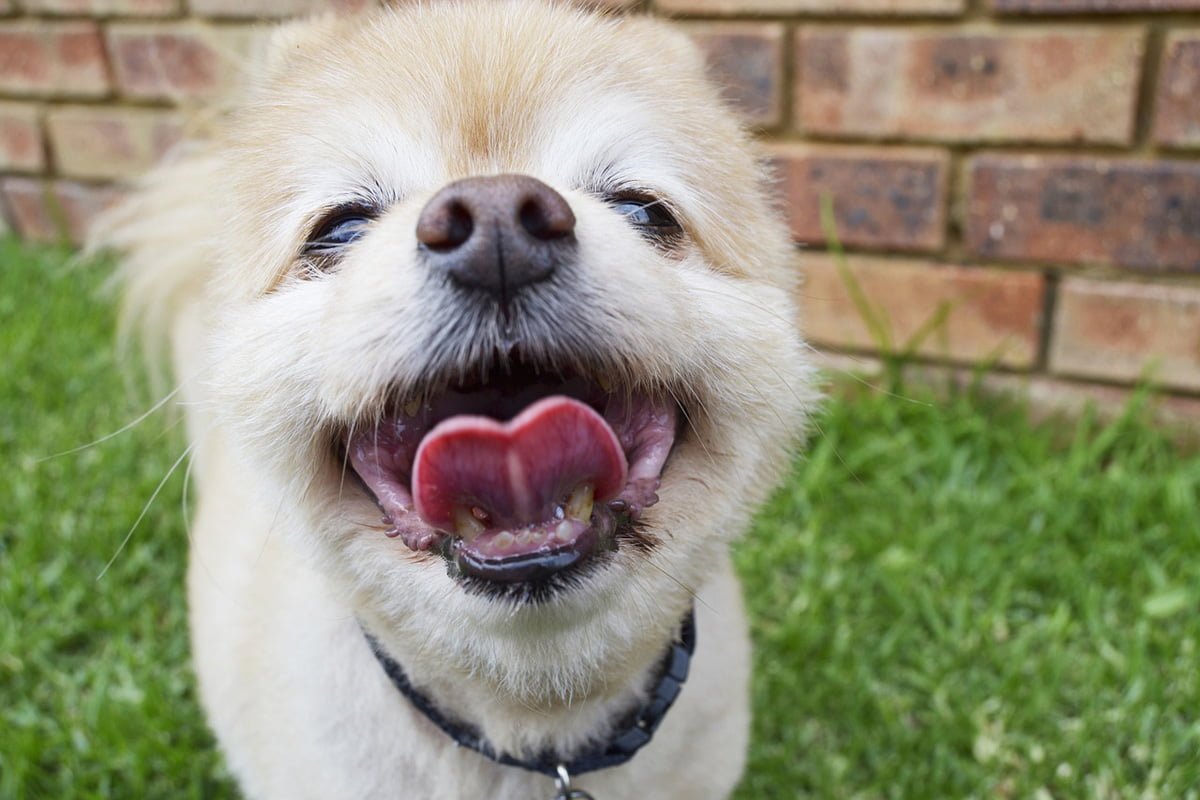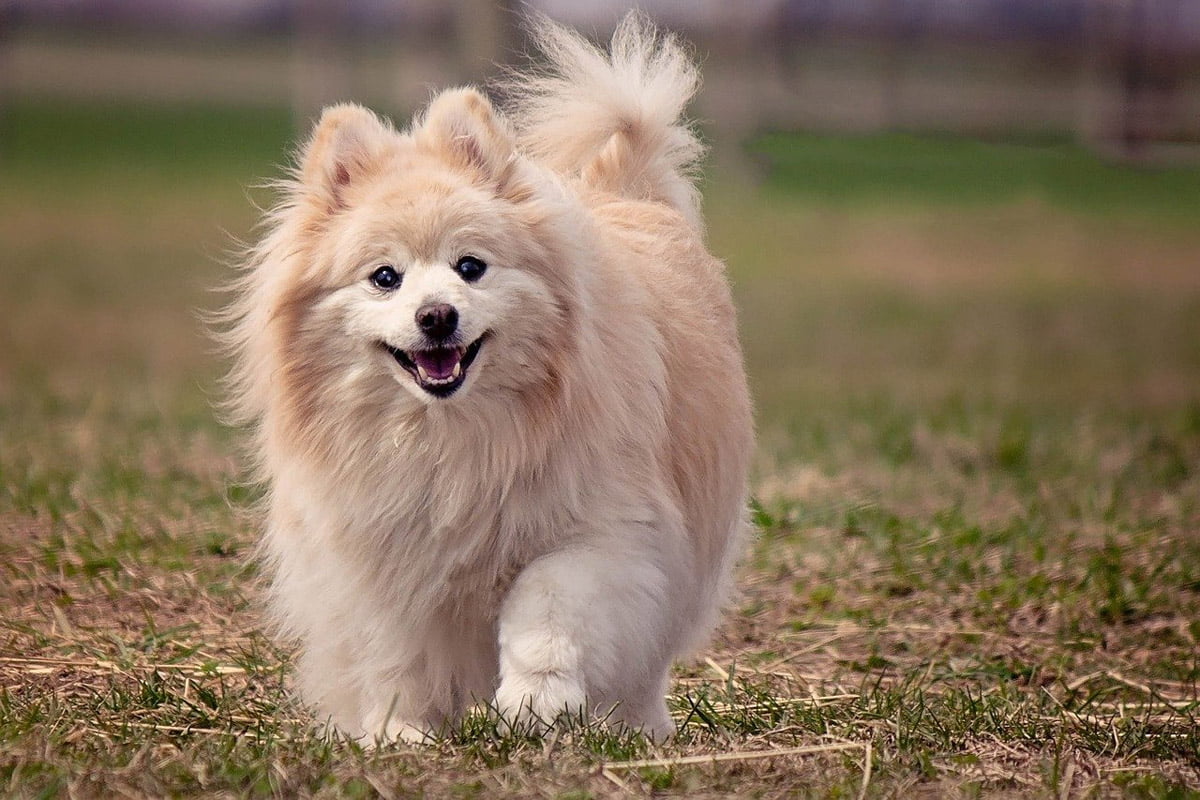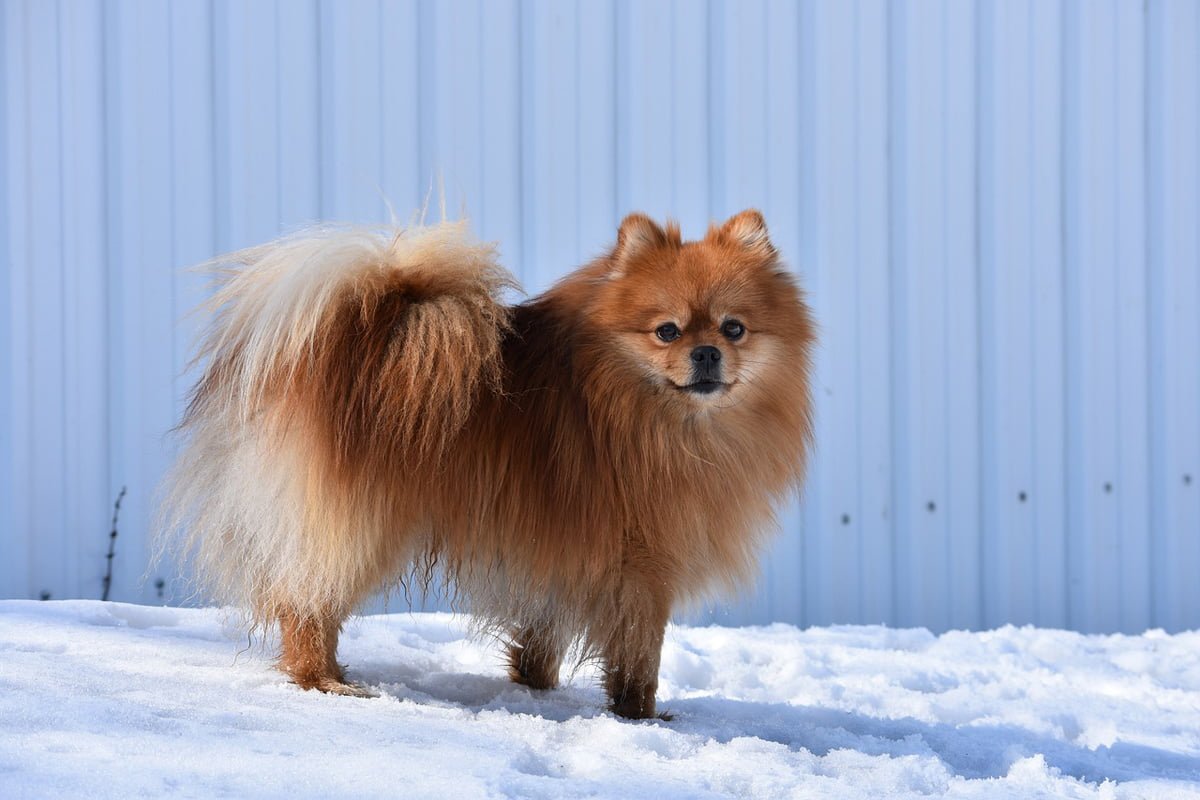
- Home
- Stud Dogs
Some of our most popular Stud Dog Breeds:
- Puppy Litters
- Dog Services
- Dog Breed Profiles
- Blog
- Contact Us
Pomeranian Breed Profile
- Breed Profiles
- Pomeranian
- Sep 21
- Share post

Pomeranians are the smallest members of the Spitz breed family, but these small dogs often think they’re much bigger than they really are, making their presence known with both their vocal tendencies and lively personalities. Like all spitz dogs, Pomeranians have distinctive pointed ears and muzzles, along with long fur to insulate them from cold weather. These good-natured dogs make great companions, and are well-suited to small homes due to their diminutive size. A popular pet in many countries, the Pomeranian is recognised as being the 27th most intelligent dog in the world. Small dogs tend to have longer lifespans, and the oldest Pomeranian lived to the grand age of 21 years and eight months old.

Typical Pomeranian Facts
Height: 7-12 inches (18-30 cm)
Weight: 3-7 lbs (1-3 kg)
Average Litter Size: 1 to 5 puppies
Life Expectancy: 12 to 16 years
Good with Children: Yes, if careful
Kennel Club Classification: Toy

Colour of a Pomeranian
There are 21 colours of a Pomeranian that are accepted by the UK Kennel Club, which include eight solid colours of beaver, black, brown, cream, orange, red, sable and white, plus a further 13 combinations and shades of these colours, such as light brown or sable and orange. Pomeranians may come in other variations, such as lavender, but they are unofficial and would not be recommended for show dogs.
Grooming a Pomeranian
The Pomeranian is known for its long puffy coat. Long fur is prone to tangles, so it’s important to brush the dog’s coat at least every second day using a variety of suitable combs and brushes, such as a two-level steel comb or a pin brush – this will reduce excess shedding and will keep the coat looking healthy. On average, Pomeranians require baths approximately every three weeks. Drying this breed should be done carefully and thoroughly using a high-speed dryer. In order to keep a Pomeranian healthy, be sure to keep the teeth, eyes and ears cleaned daily, and the nails neatly clipped every six weeks.

Pomeranian Common Ailments/Health Issues
As Pomeranians are small and fragile, it’s important to be careful when handling them to avoid causing them any injuries. Small children should be warned against being too rough with this breed. As Pomeranians can be prone to obesity, be careful not to overfeed these dogs. Other possible problems to look out for in this breed are gingivitis and gum disease, hypoglycaemia, a collapsed trachea, luxating patella, eye problems and skin disease. Always ask about the parental health of the puppy to reduce the risk of inherited diseases.
Temperament of the Pomeranian
This small breed is naturally charismatic and friendly, making a great family companion with people and other pets alike. Despite their small stature, Pomeranians have big personalities, and these bold little dogs are always alert and curious. The Pomeranian is an excitable dog well-suited for lively owners, but they also love cuddles and attention.

Training a Pomeranian
Pomeranians are prone to excessive barking. With proper socialisation, a sense of security and patient training, this habit can be curbed. Pomeranians are intelligent dogs, and if training is started from a young age, it will not be too difficult to achieve desired behaviour. As they only have small bladders, Pomeranians may need to urinate as frequently as every two hours. They can be taught to relieve themselves in an indoor litter box if this is more convenient, but do not mix this with outdoor housetraining, as it will cause confusion. Consistency and praise is the key to a successful training schedule.
Exercise for a Pomeranian
Pomeranians only have small legs, so there’s no need to take them jogging, as they won’t be able to keep up and it will tire them out too quickly. However, don’t make the mistake of thinking they don’t need exercise, as this is far from the case. A steadily paced half an hour walk twice a day is suitable for this breed, and as they are quite energetic, they will also appreciate regular playtimes. Games, such as tug of war or fetch, will keep a Pomeranian happy and stimulated. On hot days, make sure to take water for your Pomeranian to drink during their walks, as they have a tendency to overheat.

History of the Pomeranian
As is the case with all spitz dogs, their beginnings originated in the Arctic regions of the world, and as a result, these dogs developed to be well-adapted to cold climates, with a double coat to protect them from the harsh winters. These early spitz breeds were much larger than the Pomeranian, and were used for working and living with the indigenous people of these northern territories.
Pomeranians are among several other spitz breeds that were later associated with Pomerania, a historical region that overlaps the borders of present-day Germany and Poland on the southern shore of the Baltic Sea. Through breeding, the Pomeranian was developed in this area, although early Pomeranians were significantly larger than today’s breed standard, weighing up to 50 lbs.
Pomeranians were brought to England in the mid-18th century, and quickly became a firm favourite with King George III’s wife, Queen Consort Charlotte of Mecklenburg-Strelitz. Her two Pomeranians were of this larger size, but showed all other typical physical traits of today’s Pomeranians. Charlotte’s love of this breed passed down to her granddaughter, Queen Victoria, who was responsible for breeding Pomeranians into the smaller size we know today. Her first dogs were large and grey, but subsequently, the Queen’s later Pomeranians were smaller and more varied in colours, including a red sable, which was one of her favourite pets. Other breeders quickly followed suit, and due to a collective breeding effort, Pomeranians reduced in size considerably during this time.
The Pomeranian gained favour with several other members of European royal families during the late 1800s, and as a result of its prolific status at the time, the breed became recognised by the UK Kennel Club in 1891. Once these dogs had gained popularity at dog shows in the U.S., the American Kennel Club finally recognised and registered the Pomeranian breed themselves at the turn of the century. Nowadays, Pomeranians are popular pets worldwide, and are well-loved for their cheeky, affable personalities and their small size.
Famous Pomeranian dogs
Boo the Pomeranian, who died in 2019 at age 12, was known on social media as the “cutest dog in the world”, with over 16,000,000 Facebook followers.

Pomeranian Stud Dog Listings
A dog owner since the early 80s, after convincing his parents to buy a Yorkshire terrier named Sadie, Darren created Dream Dogs so dog owners could find the best dog related information on the Internet.